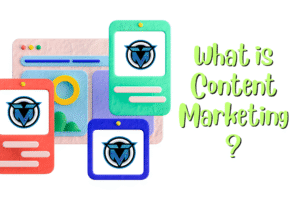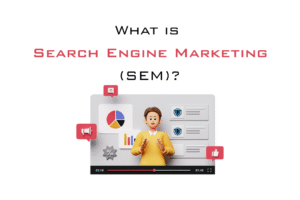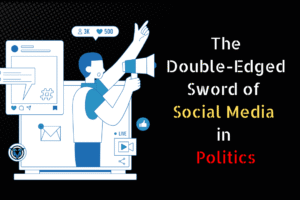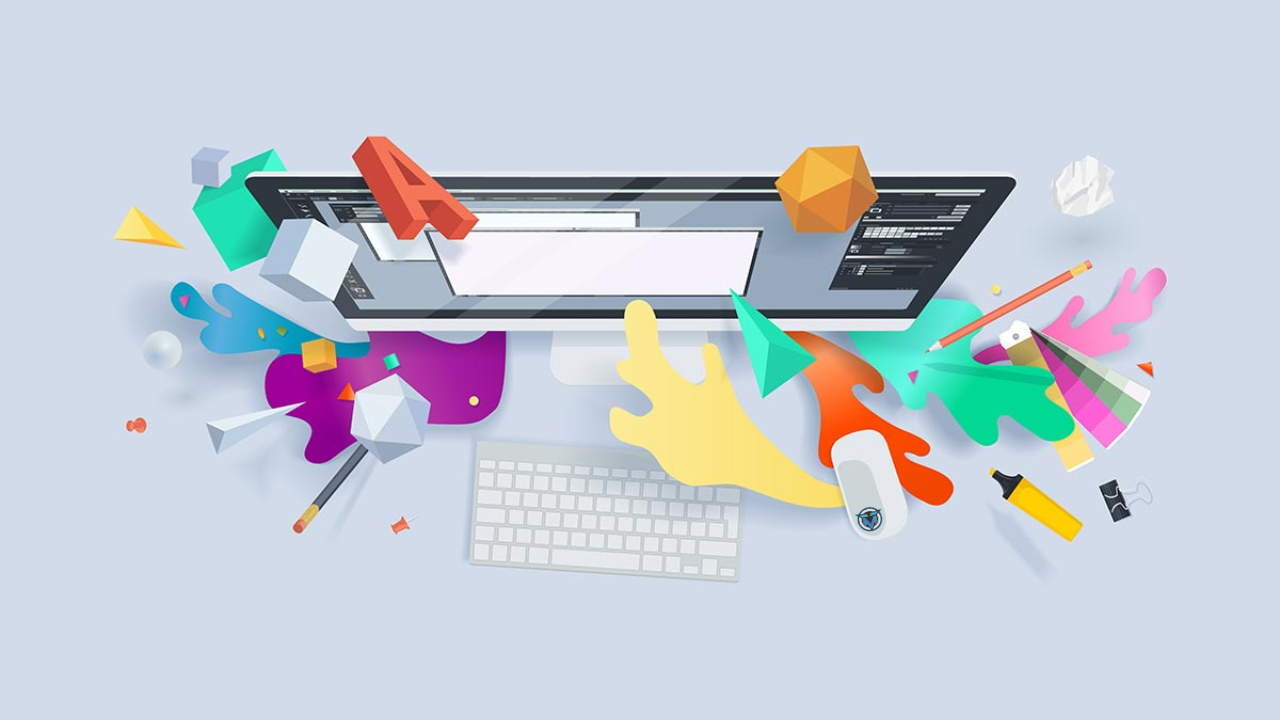📸Images and Graphics Media refers to any visual form of communication that uses static visual elements to convey information, tell a story, or evoke emotion. This media format includes both photographic content (like pictures and digital photos) and designed visuals (like infographics, illustrations, logos, charts, and icons).
These media types are commonly used in:
- Websites and blogs
- Advertising and branding
- Educational content
- Social media posts
- Presentations and reports
- Apps and digital platforms
Whether it’s a high-resolution photo or a vector-based graphic, both types of visual media serve the same core purpose: to enhance communication and understanding.
🧬 Difference Between Images and Graphics
Although both fall under the umbrella of visual media, they differ in nature and application:
| Feature | Images | Graphics |
|---|---|---|
| Type | Photographic or real-life visuals | Designed visuals (digital or hand-drawn) |
| Format | JPEG, PNG, TIFF, RAW | SVG, AI, EPS, PSD, PNG |
| Use Case | Photography, stock images, branding | Logos, charts, infographics, UI design |
| Created Using | Cameras, smartphones | Design tools (Photoshop, Illustrator, Canva) |
🛠️ How Does Images and Graphics Media Work?
Images and graphics work by delivering visual stimuli that the human brain processes 60,000 times faster than text. Here’s a breakdown of how they function:
1. Creation Process
The creation process depends on the type of media:
- Images: Captured through cameras or smartphones. Post-processing can enhance the picture using tools like Adobe Lightroom or Photoshop.
- Graphics: Created using design software such as Adobe Illustrator, Canva, or Figma. These tools offer vector and raster-based options for different use cases.
2. Optimization and Compression
Before using images or graphics online, they need to be optimized. This reduces file size without sacrificing quality, ensuring faster load times and better SEO.
3. Formats and Compatibility
Different formats serve different purposes:
- JPEG: Best for photos with many colors.
- PNG: Supports transparency; great for web use.
- SVG: Scalable graphics ideal for logos or UI elements.
- GIF: Used for simple animations or short clips.
4. Hosting and Delivery
Images are hosted on servers and loaded onto websites or apps when users access the content. Modern websites use Content Delivery Networks (CDNs) to serve images quickly worldwide.
5. Rendering
Once loaded, images are rendered by the browser or app, displayed at specified dimensions and resolution. Responsive design ensures that visuals adapt to different screen sizes and devices.
🌟 Importance of Images and Graphics in Digital Media
✅ 1. Visual Appeal
Humans are visual creatures. A well-designed image can attract attention instantly, increase user engagement, and reduce bounce rates.
✅ 2. Branding
Consistent graphic design (like logos and colors) builds brand identity and recognition. Companies like Apple and Nike are instantly recognizable thanks to their visual branding.
✅ 3. Communication
A single image can convey complex ideas more efficiently than several paragraphs of text. Think about a pie chart, a warning sign, or a visual step-by-step tutorial.
✅ 4. Emotional Impact
Images can stir emotions, drive action, and create strong memories. This emotional connection is powerful in marketing and storytelling.
✅ 5. Boosts SEO
Optimized images with proper alt tags, titles, and captions contribute to better rankings in Google Image Search and overall site SEO performance.
💡 Use Cases for Images and Graphics Media
🔹 Marketing and Advertising
Visual content is the backbone of digital ads, posters, banners, and brochures. Catchy visuals increase click-through and conversion rates.
🔹 Social Media
Platforms like Instagram, Pinterest, and Facebook are heavily image-based. Branded graphics and aesthetic photos enhance social presence.
🔹 Web Design
Images and icons guide users, provide context, and improve user experience on websites and apps.
🔹 Education
Charts, illustrations, and infographics simplify complex topics and help students learn faster.
🔹 News and Journalism
Photos add credibility, context, and visual storytelling to news articles and blogs.
📈 Role of Images and Graphics in SEO (Search Engine Optimization)
Images and graphics do more than just make content look good—they also play a big role in SEO:
- Alt Text: Helps search engines understand what the image is about, crucial for accessibility and ranking.
- Filename Optimization: Use descriptive filenames with keywords (e.g., “digital-marketing-chart.png”).
- Image Sitemaps: Help Google index image content.
- Lazy Loading: Loads images only when they appear in the viewport, improving page speed.
- Responsive Images: Ensures images scale for different devices, helping with mobile SEO.
🚀 Future Trends in Images and Graphics Media (2025 & Beyond)
Visual content is evolving fast. Here’s what’s trending in 2025:
1. AI-Generated Graphics
Tools like DALL·E and Midjourney are revolutionizing graphic design by generating visuals from simple text prompts.
2. 3D and AR Integration
3D graphics and Augmented Reality (AR) are increasingly used in ecommerce, education, and gaming.
3. Motion Graphics
Animated infographics and interactive visuals are being used more in presentations and videos.
4. Minimalist Design
Clean, simple, and clutter-free visuals are trending in web and graphic design.
5. Dark Mode Friendly Graphics
Designers are now creating visuals that adapt well to both light and dark interfaces.
⚠️ Challenges of Using Images and Graphics Media
Despite their advantages, visual media comes with some challenges:
- File Size Issues: Large images can slow down websites.
- Copyright Risks: Using unlicensed images can lead to legal trouble.
- Accessibility Concerns: Poor alt text and design can make content inaccessible to visually impaired users.
- Overuse: Too many visuals can clutter a page and distract users from the main message.
📝 Best Practices for Using Images and Graphics
- Use high-quality, relevant visuals only.
- Always compress images before uploading.
- Write SEO-friendly alt text for all visuals.
- Maintain branding consistency (colors, fonts, style).
- Choose the right format for the right use case.
- Ensure visuals are mobile-optimized and responsive.
- Add captions or descriptions for better context and engagement.
🎯 Final Thoughts
Images and graphics media are more than just decoration—they’re strategic tools that can enhance your content, boost engagement, improve comprehension, and strengthen your brand. As attention spans shrink and digital competition grows, leveraging powerful visuals is no longer optional—it’s essential.
By understanding how image and graphic media works and applying best practices, individuals and businesses can communicate more effectively, market more creatively, and connect more deeply with their audiences.
Whether you’re designing a logo, adding visuals to your blog, or creating a data infographic—remember that a picture truly is worth a thousand words.













